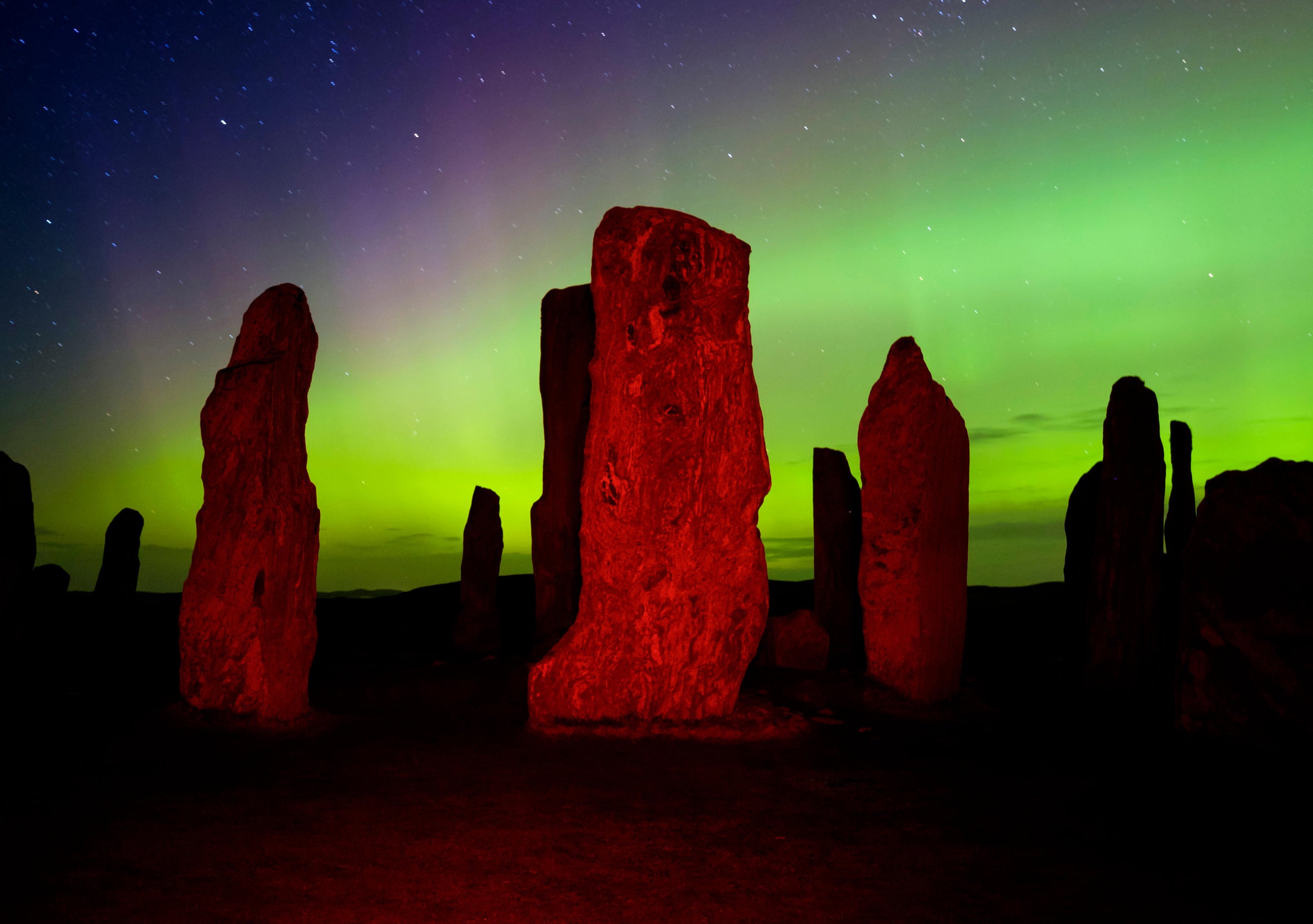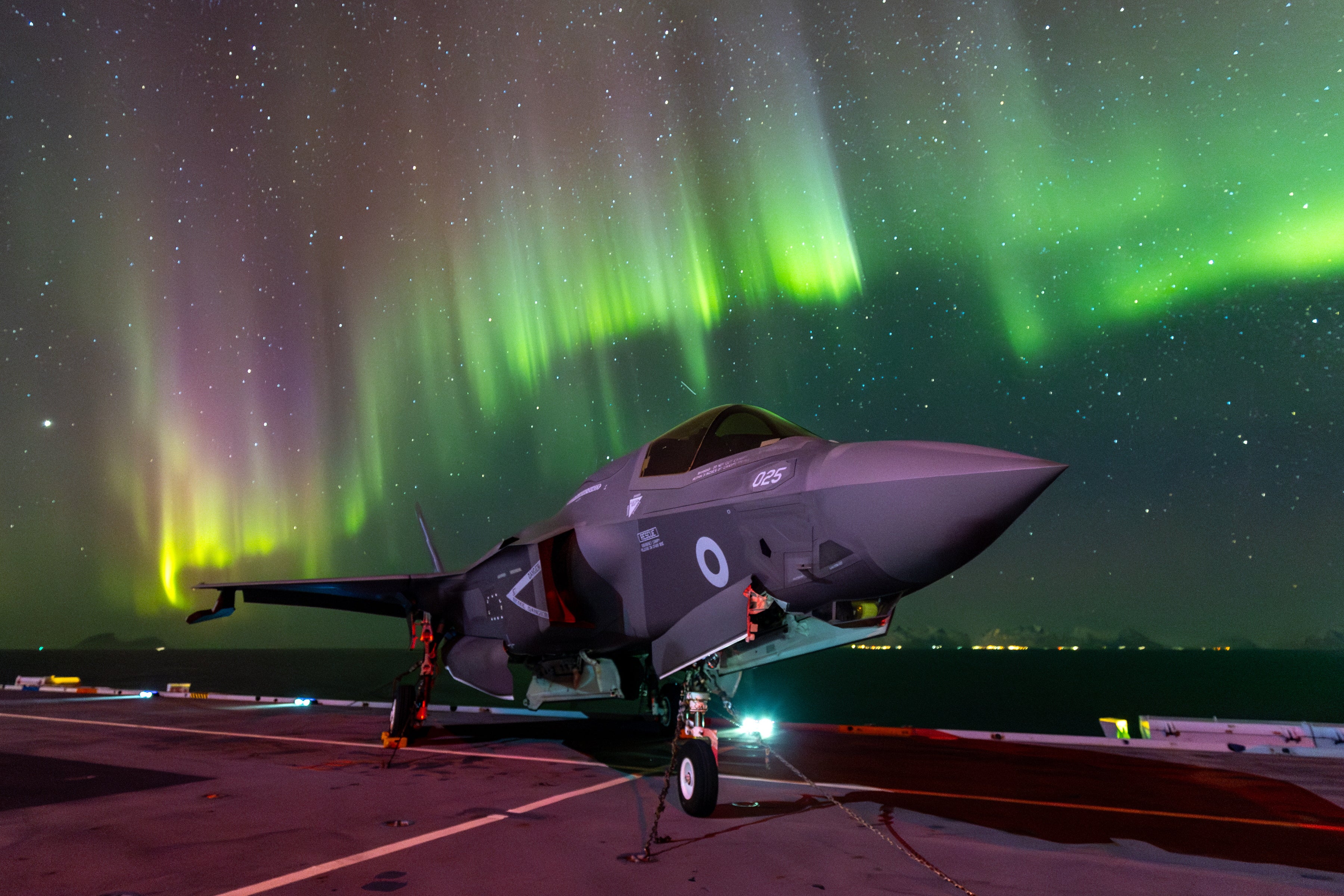The Northern Light displays are intensifying – how to see them in the UK
Scientists predict displays will intensify as we approach the solar maximum
Your support helps us to tell the story
From reproductive rights to climate change to Big Tech, The Independent is on the ground when the story is developing. Whether it's investigating the financials of Elon Musk's pro-Trump PAC or producing our latest documentary, 'The A Word', which shines a light on the American women fighting for reproductive rights, we know how important it is to parse out the facts from the messaging.
At such a critical moment in US history, we need reporters on the ground. Your donation allows us to keep sending journalists to speak to both sides of the story.
The Independent is trusted by Americans across the entire political spectrum. And unlike many other quality news outlets, we choose not to lock Americans out of our reporting and analysis with paywalls. We believe quality journalism should be available to everyone, paid for by those who can afford it.
Your support makes all the difference.The Northern Lights have put on a stunning display for many across the UK.
Aurora displays have impressed and intrigued civilisations for centuries, and this week did so as far south as Cornwall.
The displays caused ripples of excitement as highly charged as the atmosphere’s electromagnetic particles. Now UK aurora hunters have been out in force seeking a repeat performance before dusky summer nights pause play until later in the year.

Aurora displays occur when charged particles collide with gases in the Earth’s atmosphere around the magnetic poles. In the northern hemisphere, most of this activity takes place within a band known as the aurora oval, covering latitudes between 60 and 75 degrees. When activity is strong, this expands to cover a greater area – which explains why displays can be occasionally seen as far south as the UK.
For reliable displays, the best places to visit are in Norway, Sweden and Finland. Sitting right below the aurora oval, Tromsø, in Norway, is known as a northern lights capital. Although light pollution within the city can interrupt some displays, there are plenty of excellent lodges, camps and lookout points in the surrounding area.
If you can’t travel that far, however, Scotland could be a good option. Some of the best places include Galloway Forest Park, an International Dark Sky Park, the Cairngorms and the islands of Lewis and Harris in the Hebrides.
Why are the displays happening now?
During the autumn and spring equinoxes (around September 23 and March 21), when days and nights are equal in length, twice as many geomagnetic storms occur as the Earth’s tilt causes more collisions between solar winds and gases in our atmosphere.
If that wasn’t enough persuasion to head out into the night, scientists predict displays will intensify as we approach an event known as a solar maximum.
Every 11 years, the sun’s poles reverse, causing an increase in solar flares which result in northern lights. Calculations suggest the peak could be this year, although activity will continue to be high for some time afterwards.
Clear, dark skies are key
Striking lucky with solar flares is only one part of the puzzle. Even if activity is extremely high, the lights need clear skies to properly perform. Picking a destination with stable weather patterns is key to having a successful viewing. Inland areas – such as Finnish Lapland – tend to be more reliable than coastal regions. But even if the skies look murky, it’s worth waiting to see if the clouds clear.

Light pollution is another important consideration. Only the most powerful auroras can penetrate past urban illuminations, so it’s worth picking a location with guaranteed dark sky – either far from human settlements or in a protected area.
On average, lights turn up between 9pm and 2am with the best shows from 11pm to midnight.
Be flexible and allow time
Unless you live close to an area beneath the aurora oval, it’s difficult (and expensive) to plan last-minute trips. Your best bet is to spend a few days in a location. Hiring a car will also allow you to find areas of clear skies if bad weather threatens to spoil events. And don’t be tempted to plan too many activities during the day. Waiting for the lights to turn up can be a tiring pastime, often lasting until the early hours.
Join our commenting forum
Join thought-provoking conversations, follow other Independent readers and see their replies
Comments